Description
The Sennheiser MK 4 Digital microphone is a powerful and versatile microphone that combines the renowned audio quality of Sennheiser with the convenience of digital connectivity. It is an ideal choice for professional audio recording, live streaming, podcasting, and voice-over work.
One of the standout features of the MK 4 Digital microphone is its ability to connect directly to iOS devices, Macs, and PCs via a Lightning, USB-C, or USB-A connector. This makes it incredibly convenient for mobile recording and eliminates the need for additional audio interfaces or converters.
The microphone itself features a large-diaphragm capsule with a gold-plated diaphragm. This ensures exceptional sensitivity and low self-noise, resulting in crystal-clear recordings. The MK 4 Digital microphone has a frequency response of 20 Hz to 20 kHz, capturing every nuance of the audio source with great accuracy.
To further optimize the recording quality, the MK 4 Digital microphone includes a built-in high-resolution 24-bit/96 kHz A/D converter. This guarantees that the audio signal remains pristine throughout the entire recording chain, from the microphone to the digital output.
The MK 4 Digital microphone is also compatible with popular recording software, such as Logic Pro X, GarageBand, and more. This gives users the flexibility to utilize their preferred digital audio workstation (DAW) for editing, mixing, and mastering their recordings.
Another impressive feature of the MK 4 Digital microphone is its robust construction. The all-metal body ensures durability, making it suitable for both studio and on-the-go recording. The microphone also includes a rugged, integrated metal pop filter, which effectively reduces plosive sounds and protects the diaphragm from unwanted moisture.
In terms of convenience, the MK 4 Digital microphone features a headphone output with zero-latency monitoring. This allows users to monitor their recordings in real-time, without any distracting delays. The microphone also includes a gain control dial, making it easy to adjust the input level to suit the recording environment.
Whether you are a professional recording engineer, a content creator, or an aspiring musician, the Sennheiser MK 4 Digital microphone is a fantastic choice for capturing high-quality audio. Its seamless digital connectivity, exceptional sound quality, and durable construction make it a valuable addition to any recording setup. With the MK 4 Digital microphone, you can take your recordings to the next level and achieve professional-sounding results.
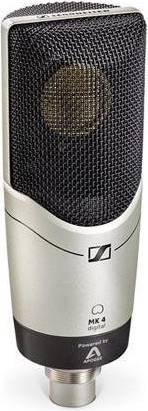
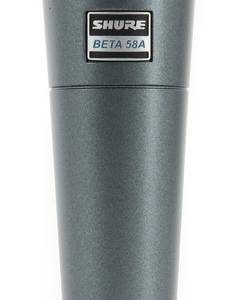
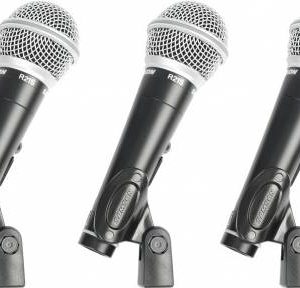
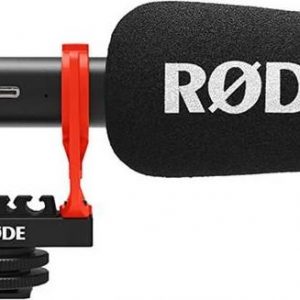
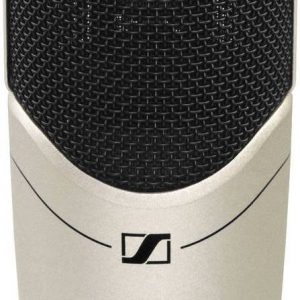
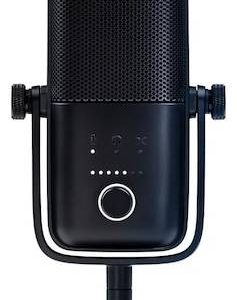
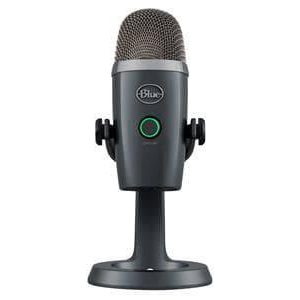
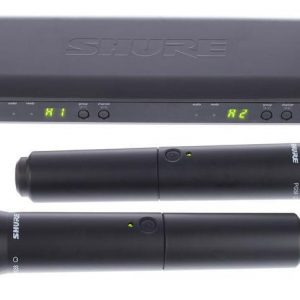
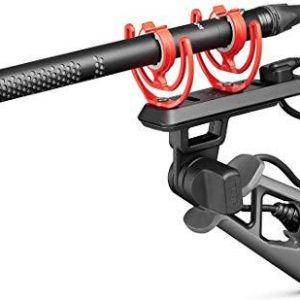
Sloane –
As a lawyer, I’m often required to record client meetings or depositions for future reference. In my search for a reliable microphone that could capture clear audio in both amateur and professional settings, I came across the Sennheiser MK 4 Digital. Having used this product extensively since purchasing it in April, I’d like to share my impressions with anyone considering investing in a high-quality microphone.
Firstly, the sound quality of the Sennheiser MK 4 Digital is outstanding. In fact, it’s hard to believe just how clear and detailed the audio reproduction is. Whether I’m conducting an interview or recording a podcast, I know that the final output will be of the highest possible standard. The microphone’s frequency response range of 20 Hz – 20 kHz ensures that even the subtlest of nuances in voice tone are captured with ease.
One aspect that sets the Sennheiser MK 4 Digital apart from other microphones is its digital output. This technology ensures that there’s virtually no signal loss or interference, resulting in an audio quality that’s crisp and unadulterated. Additionally, the microphone’s switchable digital output format (AES/EBU, S/PDF, or USB) means that it’s compatible with a wide range of recording equipment, making it a versatile choice for both amateur and professional users alike.
As someone who often travels for work, I appreciate the fact that the Sennheiser MK 4 Digital is lightweight and compact enough to easily fit into my luggage. Its durable metal construction ensures that it can withstand the rigors of regular travel without showing signs of wear or damage. Moreover, its cardioid pickup pattern minimizes background noise, making it ideal for use in noisy environments such as coffee shops or hotel rooms.
The Sennheiser brand is renowned for producing high-quality audio equipment, and the MK 4 Digital is no exception. Over the course of my ownership, I’ve found that this microphone lives up to the expectations set by its reputable manufacturer. Whether you’re a seasoned professional or an amateur enthusiast, the Sennheiser MK 4 Digital is a must-have addition to any audio setup.
In summary, the Sennheiser MK 4 Digital is an outstanding microphone that delivers exceptional sound quality, versatility, and durability. Its digital output format and lightweight construction make it a top choice for both amateur and professional users alike, while its compatibility with a range of recording equipment ensures that it’s a versatile addition to any audio setup. I highly recommend this product to anyone looking to enhance the quality of their recordings or interviews.